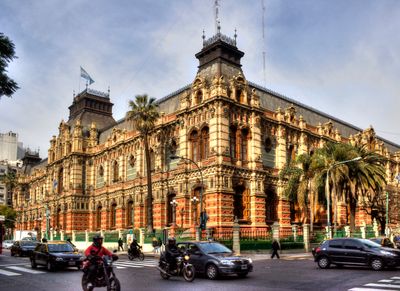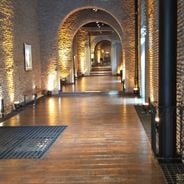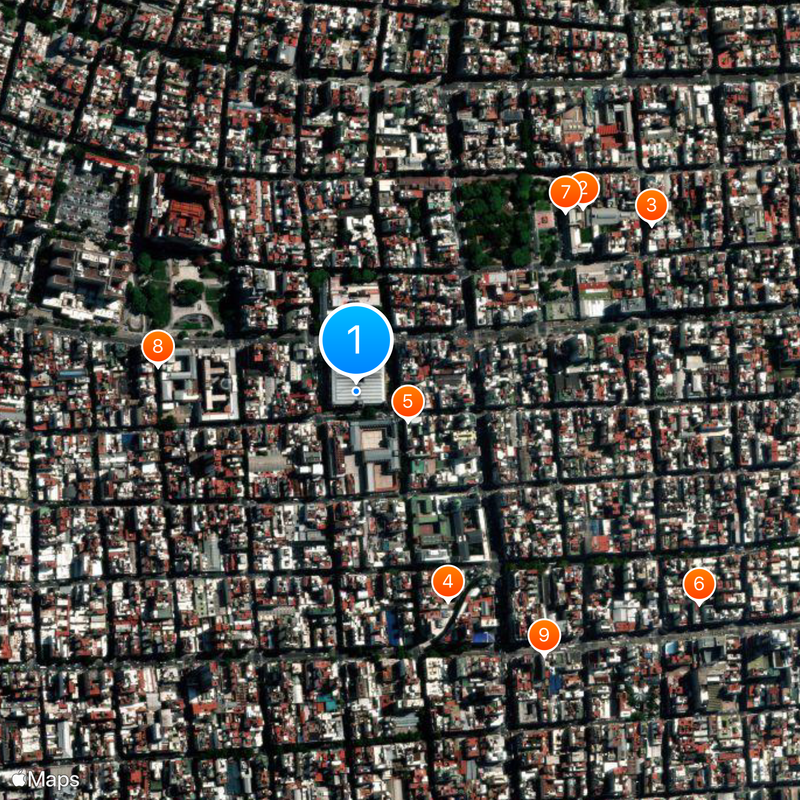Palace of Running Waters, Water infrastructure museum in Balvanera district, Buenos Aires, Argentina.
The Palace of Running Waters is a former water pumping station with an attached museum in Balvanera that displays the historical infrastructure of Buenos Aires. The exterior facade extends across several stories with ornate iron frames and colored tile bands that shape the look of the block.
The facility began operation in 1894 and supplied the growing city with clean drinking water from the Río de la Plata. The planning followed European models and aimed to combine technical progress with representative architecture.
The name recalls the era when this building brought clean running water into homes across the Argentine capital. Today the former waterworks represents an important step in urban hygiene that locals and visitors can understand through the exhibition inside.
The museum occupies the second floor and is accessed through a staircase in the interior courtyard. Opening hours are limited, so checking in advance before visiting is recommended.
Twelve massive iron tanks inside still supply parts of the city with water while visitors view historical objects in the same building. The combination of active operation and museum use makes the place a rare example of living industrial history.
Location: Buenos Aires
Inception: 1887
Official opening: 1894
Architectural style: eclectic architecture, Beaux-Arts
Floors above the ground: 3
Address: Av. Córdoba 1950, Balvanera
Website: https://aysa.com.ar/lobuenodelagua/palacio
GPS coordinates: -34.60056,-58.39500
Latest update: December 17, 2025 08:56
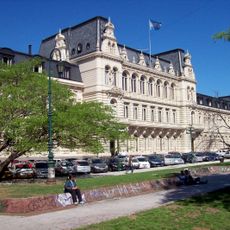
Pizzurno Palace
491 m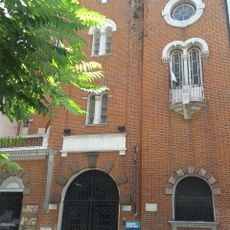
Buenos Aires Holocaust Museum
572 m
Teatro del Picadero
385 m
Commercial School Nº 2 Dr. Antonio Bermejo
102 m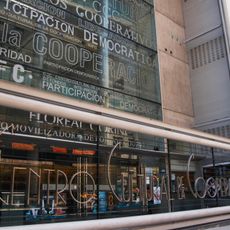
Centro Cultural de la Cooperación
680 m
National Library of Teachers
464 m
Museum of Foreign Debt
335 m
Multiespacio Los Ángeles
545 m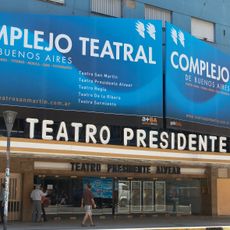
Teatro Presidente Alvear
592 m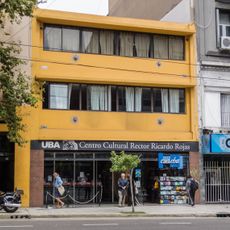
Ricardo Rojas Cultural Center
457 m
Holocaust Museum in Buenos Aires
558 m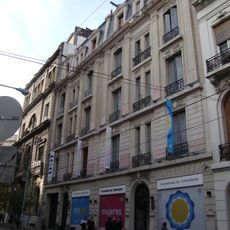
Casa Nacional del Bicentenario
333 m
El Teatrito
647 m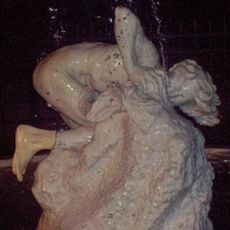
El Sediento
379 m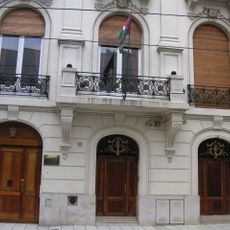
Riobamba 981
349 m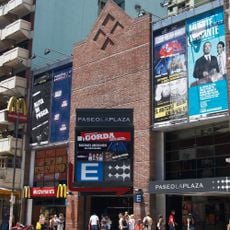
Museo Beatle
625 m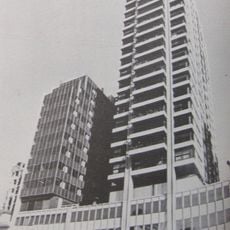
Torre Vicealmirante Repetto
368 m
El Caserón De Okupas
464 m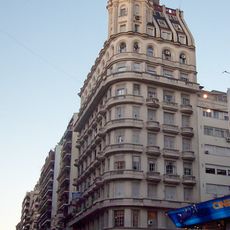
Edificio Roccatagliata
581 m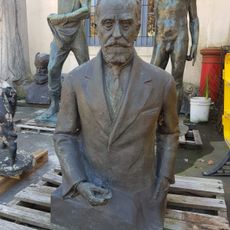
Dr. Pedro Benedit
205 m
Registro Civil Comuna 2
558 m
Dr. Pedro Lagleyze
205 m
Dr. Rodríguez Peña
379 m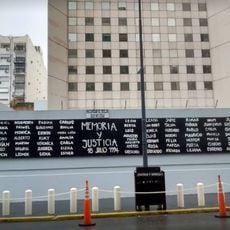
Solar que ocupa el edificio de la Asociación Mutual Israelita Argentina (AMIA)
452 m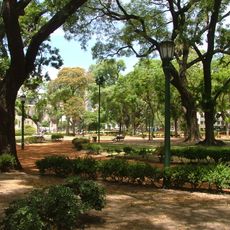
Plaza Rodríguez Peña
376 m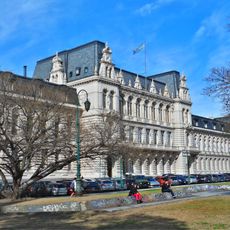
Centro Nacional de Información y Documentación Educativa
464 m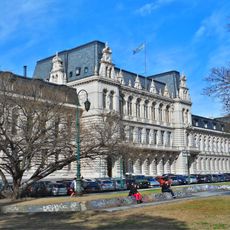
Núcleo Coordinador: Centro Nacional de Información y Documentación Educativa
453 m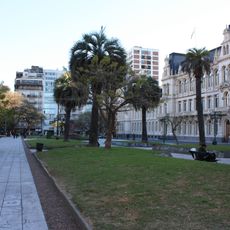
Plaza Jardín de los Maestros
434 mVisited this place? Tap the stars to rate it and share your experience / photos with the community! Try now! You can cancel it anytime.
Discover hidden gems everywhere you go!
From secret cafés to breathtaking viewpoints, skip the crowded tourist spots and find places that match your style. Our app makes it easy with voice search, smart filtering, route optimization, and insider tips from travelers worldwide. Download now for the complete mobile experience.

A unique approach to discovering new places❞
— Le Figaro
All the places worth exploring❞
— France Info
A tailor-made excursion in just a few clicks❞
— 20 Minutes

